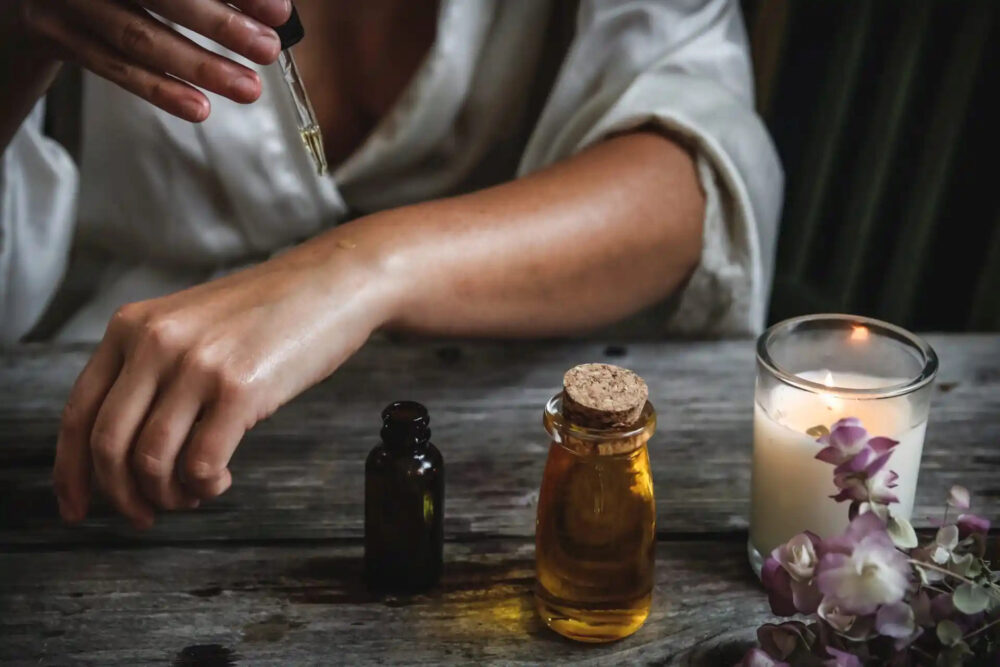Personal care is an essential aspect of maintaining overall health and well-being. From skincare routines to mental health practices, taking care of oneself is crucial for leading a fulfilling life. One often overlooked yet incredibly powerful tool in personal care is visualization. Visualization, also known as mental imagery, is the practice of creating detailed mental images of desired outcomes. When applied to personal care, visualization can have profound effects on physical appearance, mental well-being, and overall self-care routines.
Visualizing Skin Health
One of the most common areas where visualization can be beneficial is in skincare. Many individuals struggle with skin issues such as acne, dryness, or signs of aging. By incorporating visualization techniques into their skincare routines, individuals can positively impact the health and appearance of their skin. Visualizing clear, radiant skin can help reduce stress and promote the release of feel-good hormones, which in turn can contribute to a healthier complexion. Additionally, visualizing the application of skincare products and their beneficial effects can enhance the overall efficacy of the products, leading to improved skin health.
Mental Well-being and Visualization
Beyond physical appearance, visualization plays a significant role in mental well-being. Incorporating visualization into mindfulness and meditation practices can help individuals manage stress, anxiety, and other mental health challenges. By visualizing a peaceful, serene environment or a strong, resilient mindset, individuals can cultivate a sense of calm and inner strength. This can have a profound impact on overall mental well-being and the ability to cope with daily stressors.
Visualization for Self-Care Routines
Incorporating visualization into various self-care routines, such as exercise, nutrition, and relaxation practices, can enhance their effectiveness. Visualizing successful workouts, healthy food choices, and restorative activities can motivate individuals to maintain consistent self-care habits. Additionally, visualizing the positive effects of these routines on the body and mind can reinforce their benefits, leading to a more holistic approach to personal care.
Applying Visualization Techniques
To incorporate visualization into personal care routines, individuals can start by finding a quiet, comfortable space where they can focus their thoughts. They can then close their eyes and create detailed mental images of their desired outcomes, whether it’s glowing skin, a calm mind, or a healthier lifestyle. It’s important to engage all the senses during visualization, imagining not only how things look but also how they feel, smell, and sound. This multi-sensory approach can make the visualizations more vivid and impactful.
Conclusion
The power of visualization in personal care cannot be overstated. By harnessing the mind’s ability to create detailed mental images of desired outcomes, individuals can positively influence their physical appearance, mental well-being, and self-care routines. Incorporating visualization into daily practices can lead to a more holistic and fulfilling approach to personal care, ultimately contributing to overall health and happiness.
In conclusion, visualization is a valuable tool that can enhance personal care in numerous ways. By incorporating visualization techniques into skincare routines, mental well-being practices, and self-care habits, individuals can unlock the potential of their minds to positively impact their overall well-being. As the saying goes, “seeing is believing,” and through the power of visualization, individuals can manifest their best selves from the inside out.
